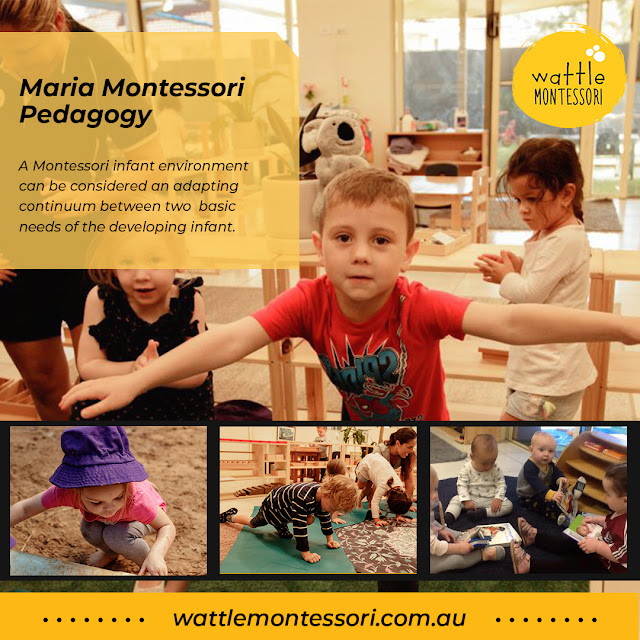Mathematical Learning Trajectories That a Montessori Should Follow During Infant and Child Care
Almost all preschoolers of child daycare engage in significant pre-mathematical activities in their leisure time. Young children, when allowed to study, have an inclusive, deep, and sophisticated – if informal – understanding of mathematics. They investigate patterns, forms, and spatial relationships by counting items, comparing magnitudes, and exploring patterns, shapes, and spatial relationships.
Early mathematical knowledge in children is unexpectedly essential, and it substantially predicts subsequent mathematical performance. Mathematical thinking is a basis for general cognition and learning that extends beyond numbers and forms. Math difficulties are a significant predictor of not graduating from high school. Given its significance, children should begin their education with a solid foundation in mathematics.
Math, on the other hand, is typically not adequately taught to young children. Preschool teachers seldom promote mathematics learning, and when they do, it is frequently of poor quality. Most Infant and Child Care educators in Australia get inadequate preparation for teaching mathematics, which may be attributed partly to their lack of mathematical expertise before deciding to pursue teaching as a career. Because understanding how to teach the topic requires content knowledge, enhancing the mathematical understanding of early childhood educators should be a top goal.
Mathematical Learning Trajectories
When it comes to studying mathematics, children usually follow a set of developmental routes. They advance through increasingly complex levels of reasoning when they learn about a mathematical topic. A "learning trajectory" is made up of these elements. Children, for example, learn to count by chanting and repeating number words, then making a one-to-one relationship between those counting words and things, and then being able to calculate a group of items correctly. These exercises help kids grasp the notion of "how many" and, as a result, the mathematical principle of cardinality, which states that the number of components in a grouping is a characteristic of that grouping.
Effective educators in child daycare can arrange and individualize exercises based on their knowledge of mathematics and the evolution of degrees of thinking along these routes. Educators must grasp the following to apply learning trajectories in mathematics:
The information they impart. They must, for example, comprehend that counting entails much more than a simple vocal repetition of number phrases.
The stages of thinking involved in the learning process and how to assess where their class – and individual students – are on that path.
What learning strategies are appropriate to promote each stage of thinking growth in children, why they are acceptable, and how to adjust instructive tasks and activities for children at various levels of thinking.
Educators should also be aware of techniques for fostering good attitudes and constructive dispositions toward mathematics in youngsters, such as utilising problems that are meaningful to them (both practical and mathematical) and giving chances for both creative invention and practise.
Wattle Montessori, a Caring Child Care, places children at the centre of all they do. They believe in creating an atmosphere that allows each kid to be who they are, to pursue their passions, and to explore the world at their speed. The Montessori arithmetic resources help the child to internalize the ideas of number, symbol, sequence, operations, and fundamental fact memorization using tangible manipulative objects.




Comments
Post a Comment